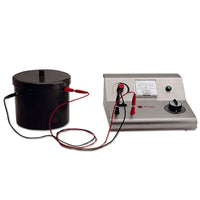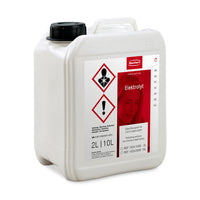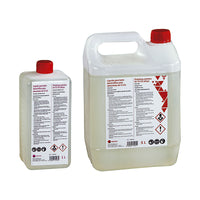We Also Recommend


Regular price
4.539,00 €
4.539,00 €


Regular price
798,00 €
798,00 €


Regular price
1.369,00 €
1.369,00 €
Save 8,90 €


Sale price
47,95 €
47,95 €
Regular price
56,85 €
56,85 €
Save 8,90 €
Unit price


from
Regular price
13,95 €
13,95 €
×


Regular price
54,95 €
54,95 €


from
Regular price
25,95 €
25,95 €
×


Regular price
4.269,00 €
4.269,00 €


Regular price
4.269,00 €
4.269,00 €


Regular price
349,00 €
349,00 €


Regular price
349,00 €
349,00 €


Regular price
629,00 €
629,00 €
24/7 customer service
infos@massiliadental.com
Secure payments
Paypal - CB - Amex - Virement
Free delivery
A partir de 195 € en Métropole
Warranty 1 to 3 years old
Selon la marque du Matériel
PAIEMENT 3 Fois
Commande 100 à 1100 €
×

